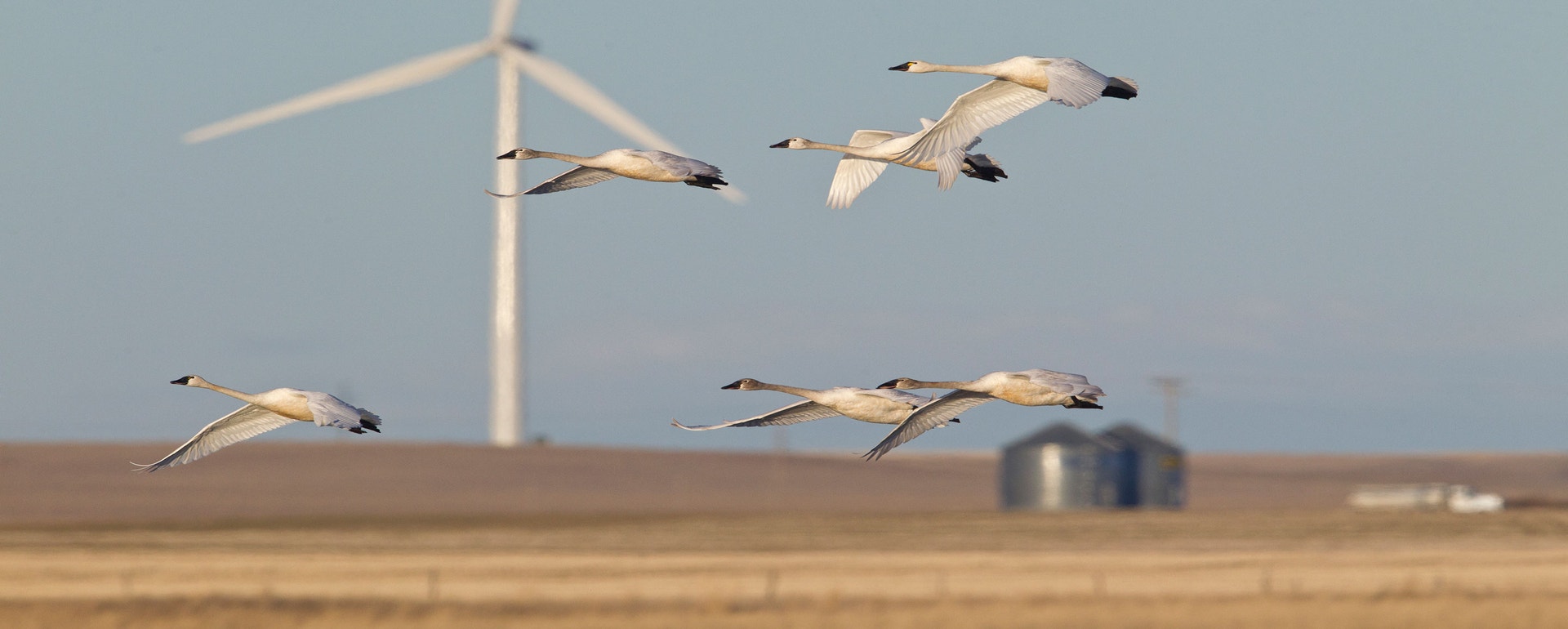
Ninety years of Christmas Bird Count data tease apart the effects of habitat loss and warming temperatures on winter bird distributions.
Audubon supports common-sense solutions to reducing carbon emissions, including conserving and restoring forests, wetlands, and grasslands that provide important habitat for birds and serve as natural solutions for storing carbon, and investing in responsibly sited clean energy.

Vice President of Climate

Senior Director, Climate Strategy, National Audubon Society

Science Advisor, Offshore Wind Energy & Wildlife

Senior Manager, Transmission Initiative

Senior Manager, Public Lands Policy

Communications Director, Advocacy

Vice President, Government Affairs

Senior Director, Government Affairs

Senior Director, Climate & Community Science

Senior Director, Climate Policy




Let us send you the latest in bird and conservation news.
